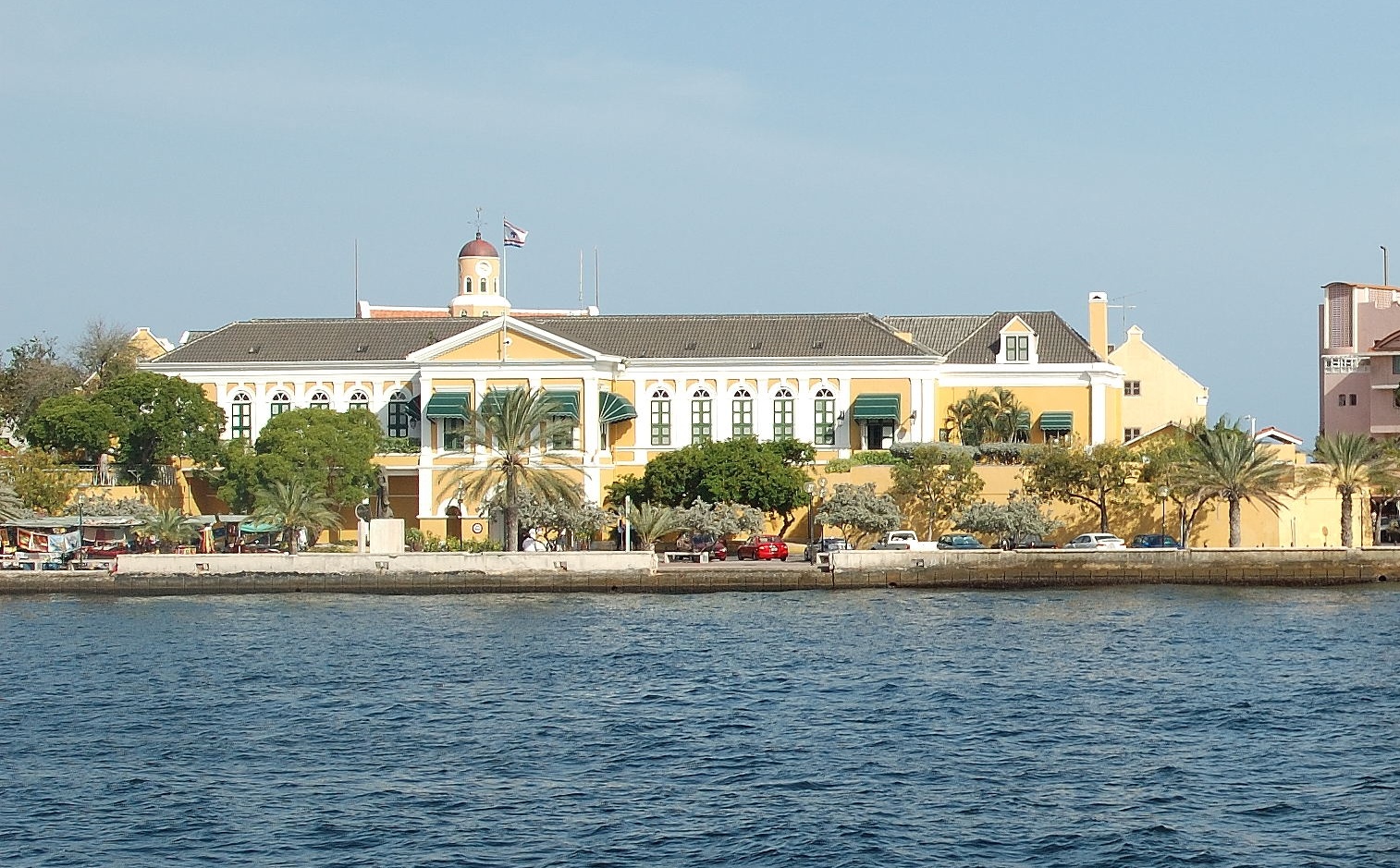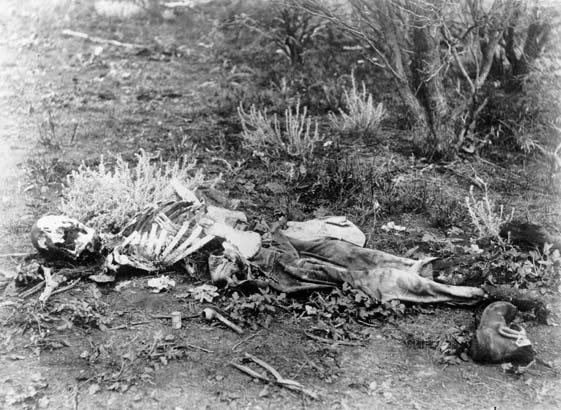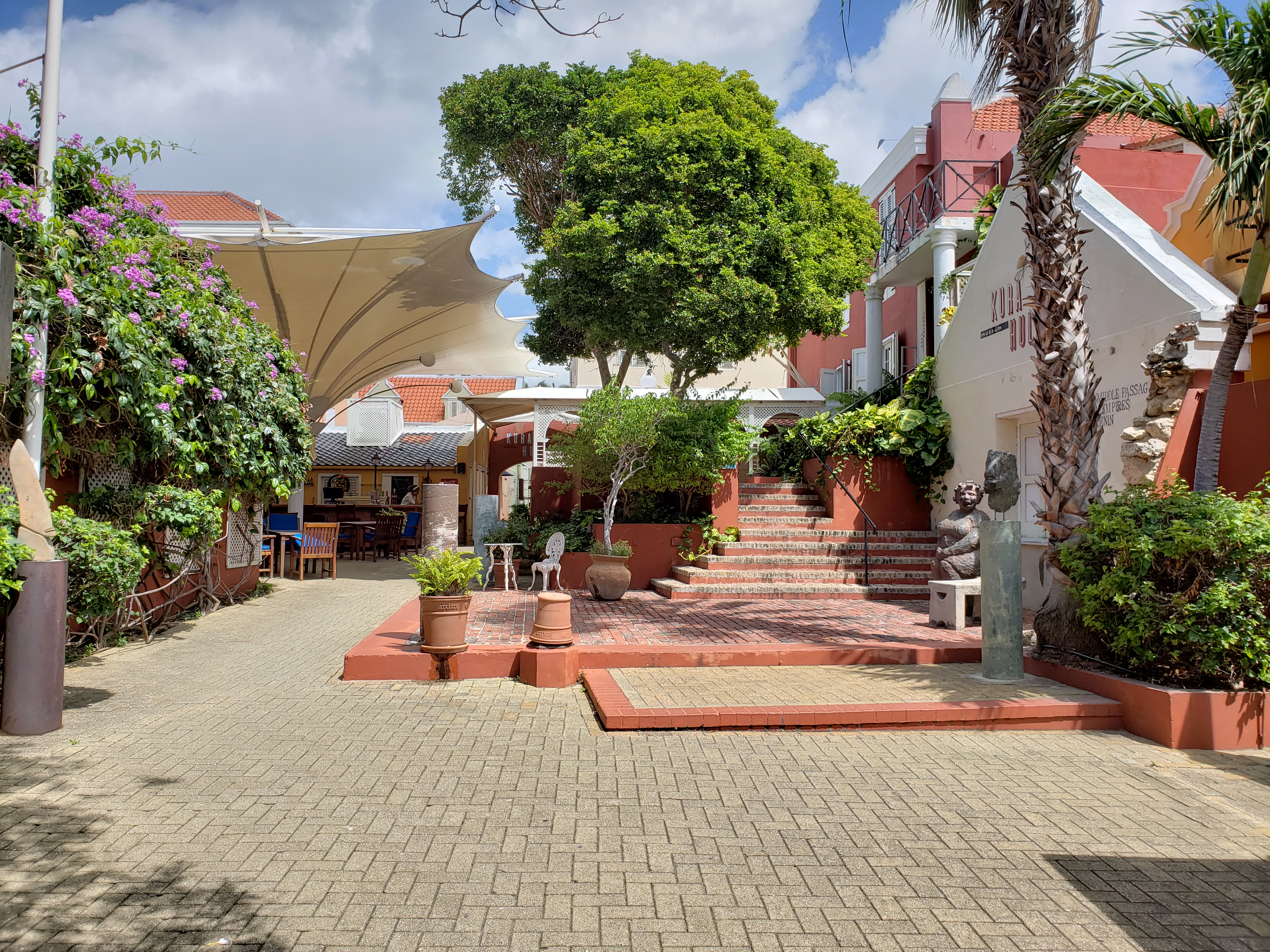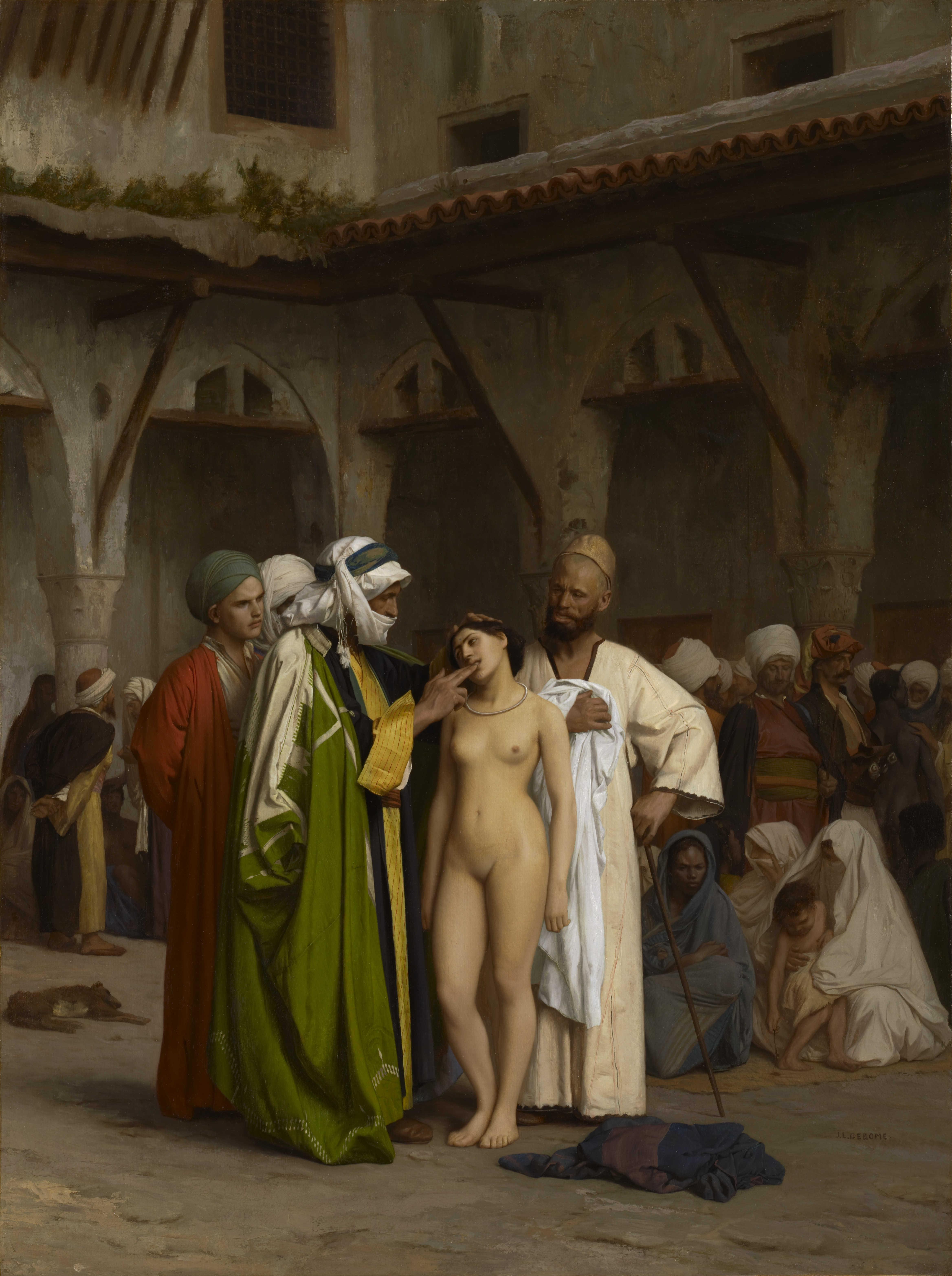|
Kurá Hulanda Museum
Kurá Hulanda Museum is an anthropological museum located in the Kura Hulanda Village district of Willemstad, Curaçao. The museum teaches about the Atlantic slave trade, and African history in the Carribean, and was opened in April 1999 by Jacob Gelt Dekker. History The Kurá Hulanda Museum was an initiative of Dutch entrepreneur Jacob Gelt Dekker. In the late 1990s, he was approached by the Government of Curaçao to develop the western quayside in Otrobanda where historically the slave ships arrived with slaves to be sold at the nearby slave market. Dekker decided to buy the derelict buildings on the quay and market, restore the buildings to their original condition, and open a museum at the site specialising in the Atlantic slave trade and African history in the Caribbean. The museum opened in April 1999. It consists of 15 buildings, covering an area of 16,000²ft displaying the history from the capture in Africa to the relocation in the Americas. It also displays the cultura ... [...More Info...] [...Related Items...] OR: [Wikipedia] [Google] [Baidu] |
Otrobanda
Otrobanda is one of the historic quarters of Willemstad, located at the southwest side of the city, in Curaçao, a Lesser Antilles island in the Dutch Caribbean. Otrobanda was founded in 1707, and has been designated a Unesco World Heritage Site. History Otrobanda was founded in 1707 as a suburb of Willemstad on the other side of the Sint Anna Bay. Otrobanda was often referred to as the Spanish side, and Punda and Pietermaai were called the Holland side. In 1752, In 1816, the population of Otrobanda was 2,527 people. In 1856, the Sint-Elisabeth Hospital, the first hospital of the country, was opened in Otrobanda. In 2019, it was replaced by Curaçao Medical Center which was built next to the old hospital. The Basilica of St. Anne, Willemstad, Basilica of St. Anne was built as the first Roman Catholic church on the island. The district saw a rapid population increase up in the early 19th century when the once walled city of Willemstad became overpopulated. Otrobanda was connected t ... [...More Info...] [...Related Items...] OR: [Wikipedia] [Google] [Baidu] |
Willemstad
Willemstad ( ; ; ; ) is the capital city, capital and largest city of Curaçao, an island in the southern Caribbean Sea that is a Countries of the Kingdom of the Netherlands, constituent country of the Kingdom of the Netherlands. It was the capital of the Netherlands Antilles prior to that entity's Dissolution of the Netherlands Antilles, dissolution in 2010. The city counts to have around 90% of Curaçao’s population, with 136,660 inhabitants as of 2011. The historic centre of the city consists of four quarters: the Punda and Otrobanda, which are separated by the Sint Anna Bay, an inlet that leads into the large natural harbour called the Schottegat, as well as the Scharloo and Pietermaai Smal quarters, which are across from each other on the smaller Waaigat harbour. Willemstad is home to the Curaçao synagogue, the oldest surviving synagogue in the Americas. The city centre, with its unique architecture and harbour entry, has been designated a UNESCO World Heritage Site. His ... [...More Info...] [...Related Items...] OR: [Wikipedia] [Google] [Baidu] |
Curaçao
Curaçao, officially the Country of Curaçao, is a constituent island country within the Kingdom of the Netherlands, located in the southern Caribbean Sea (specifically the Dutch Caribbean region), about north of Venezuela. Curaçao includes the main island of Curaçao and the much smaller, uninhabited island of Klein Curaçao ("Little Curaçao"). Curaçao has a population of 158,665 (January 2019 estimate), with an area of ; its capital is Willemstad. Together with Aruba and Bonaire, Curaçao forms the ABC islands (Leeward Antilles), ABC islands. Collectively, Curaçao, Aruba, and other Dutch islands in the Caribbean are often called the Dutch Caribbean. It is the largest of the ABC islands in terms of area, as well as in terms of population, and is the largest in the Dutch Caribbean. The island's name "Curaçao" may originate from the indigenous autonym of its people; this idea is supported by early Spanish accounts referring to the inhabitants as Indios Curaçaos. Curaç ... [...More Info...] [...Related Items...] OR: [Wikipedia] [Google] [Baidu] |
Anthropology
Anthropology is the scientific study of humanity, concerned with human behavior, human biology, cultures, society, societies, and linguistics, in both the present and past, including archaic humans. Social anthropology studies patterns of behaviour, while cultural anthropology studies cultural meaning, including norms and values. The term sociocultural anthropology is commonly used today. Linguistic anthropology studies how language influences social life. Biological anthropology, Biological (or physical) anthropology studies the biology and evolution of Human evolution, humans and their close primate relatives. Archaeology, often referred to as the "anthropology of the past," explores human activity by examining physical remains. In North America and Asia, it is generally regarded as a branch of anthropology, whereas in Europe, it is considered either an independent discipline or classified under related fields like history and palaeontology. Etymology The abstract noun ''wikt ... [...More Info...] [...Related Items...] OR: [Wikipedia] [Google] [Baidu] |
Atlantic Slave Trade
The Atlantic slave trade or transatlantic slave trade involved the transportation by slave traders of Slavery in Africa, enslaved African people to the Americas. European slave ships regularly used the triangular trade route and its Middle Passage. Europeans established a coastal slave trade in the 15th century and trade to the Americas began in the 16th century, lasting through the 19th century. The vast majority of those who were transported in the transatlantic slave trade were from Central Africa and West Africa and had been sold by West African slave traders to European slave traders, while others had been captured directly by the slave traders in coastal raids. European slave traders gathered and imprisoned the enslaved at slave fort, forts on the African coast and then brought them to the Americas. Some Portuguese and Europeans participated in slave raids. As the National Museums Liverpool explains: "European traders captured some Africans in raids along the coast, but bou ... [...More Info...] [...Related Items...] OR: [Wikipedia] [Google] [Baidu] |
Jacob Gelt Dekker
Jacob Gelt Dekker (22 April 1948 – 1 September 2019) was a Dutch businessman, philanthropist, and writer. Born in Oterleek, North Holland, Dekker attended school between 1961 and 1967 in Alkmaar and later studied dentistry in Amsterdam. He received an Executive MBA from Erasmus University of Rotterdam and the University of Rochester. Following his education, Dekker created a series of entrepreneurial inventions, including the Splash Healthclubs in 1985 and One Hour Super Photo service, which Kodak later purchased. In 1981, he took over Budget Rent a Car in the Netherlands for 200,000 Dutch guilders, which he expanded from 20 cars to over 25,000 cars and sold in 1996 for 600 million NLG. In 2006 Dekker was #90 on the list of 500 richest Dutch citizens. In 1998, the Island Government of Curaçao granted Dekker permission to renovate a derelict quarter of the historic neighbourhood of Otrobanda into a hotel and casino, which subsequently filed for bankruptcy in 2013. On the same ... [...More Info...] [...Related Items...] OR: [Wikipedia] [Google] [Baidu] |
Slave Market
A slave market is a place where slaves are bought and sold. These markets are a key phenomenon in the history of slavery. Asia Central Asia Since antiquity, cities along the Silk road of Central Asia, had been centers of slave trade. In the early middle ages, Central Asia was a transit area for European slaves sold by the Vikings in Russia to slavery in the Abbasid Caliphate via the slave markets of the Central Asia. The slave trade in the Mongol Empire created a network of connected slave markets between Asia and Europe. In the 19th century, the slave markets of Khiva and Bukhara were still among the biggest slave markets in the world. In Bukhara, Samarkand, Karakul, Karshi, and Charju, mainly Persians, Russians, and some Kalmyk slaves, were traded by Turkmens, Kazakhs, and Kyrgyz. From the 17th to 19th centuries, Khiva was a notorious slave market for captured Persian and Russian slaves. The slave markets of central Asia was eradicated with the Russian conquest o ... [...More Info...] [...Related Items...] OR: [Wikipedia] [Google] [Baidu] |
Bankrupt
Bankruptcy is a legal process through which people or other entities who cannot repay debts to creditors may seek relief from some or all of their debts. In most jurisdictions, bankruptcy is imposed by a court order, often initiated by the debtor. Bankrupt is not the only legal status that an insolvent person may have, meaning the term ''bankruptcy'' is not a synonym for insolvency. Etymology The word ''bankruptcy'' is derived from Italian , literally meaning . The term is often described as having originated in Renaissance Italy, where there allegedly existed the tradition of smashing a banker's bench if he defaulted on payment. However, the existence of such a ritual is doubted. History In Ancient Greece, bankruptcy did not exist. If a man owed and he could not pay, he and his wife, children or servants were forced into " debt slavery" until the creditor recouped losses through their physical labour. Many city-states in ancient Greece limited debt slavery to a perio ... [...More Info...] [...Related Items...] OR: [Wikipedia] [Google] [Baidu] |
Anthropology Museums
Anthropology is the scientific study of humanity, concerned with human behavior, human biology, cultures, societies, and linguistics, in both the present and past, including archaic humans. Social anthropology studies patterns of behaviour, while cultural anthropology studies cultural meaning, including norms and values. The term sociocultural anthropology is commonly used today. Linguistic anthropology studies how language influences social life. Biological (or physical) anthropology studies the biology and evolution of humans and their close primate relatives. Archaeology, often referred to as the "anthropology of the past," explores human activity by examining physical remains. In North America and Asia, it is generally regarded as a branch of anthropology, whereas in Europe, it is considered either an independent discipline or classified under related fields like history and palaeontology. Etymology The abstract noun ''anthropology'' is first attested in reference to histo ... [...More Info...] [...Related Items...] OR: [Wikipedia] [Google] [Baidu] |
Buildings And Structures In Willemstad
A building or edifice is an enclosed structure with a roof, walls and windows, usually standing permanently in one place, such as a house or factory. Buildings come in a variety of sizes, shapes, and functions, and have been adapted throughout history for numerous factors, from building materials available, to weather conditions, land prices, ground conditions, specific uses, prestige, and aesthetic reasons. To better understand the concept, see ''Nonbuilding structure'' for contrast. Buildings serve several societal needs – occupancy, primarily as shelter from weather, security, living space, privacy, to store belongings, and to comfortably live and work. A building as a shelter represents a physical separation of the human habitat (a place of comfort and safety) from the ''outside'' (a place that may be harsh and harmful at times). buildings have been objects or canvasses of much artistic expression. In recent years, interest in sustainable planning and building practi ... [...More Info...] [...Related Items...] OR: [Wikipedia] [Google] [Baidu] |
Museums In Curaçao
A museum is an institution dedicated to displaying or preserving culturally or scientifically significant objects. Many museums have exhibitions of these objects on public display, and some have private collections that are used by researchers and specialists. Museums host a much wider range of objects than a library, and they usually focus on a specific theme, such as the arts, science, natural history or local history. Public museums that host exhibitions and interactive demonstrations are often tourist attractions, and many draw large numbers of visitors from outside of their host country, with the most visited museums in the world attracting millions of visitors annually. Since the establishment of the earliest known museum in ancient times, museums have been associated with academia and the preservation of rare items. Museums originated as private collections of interesting items, and not until much later did the emphasis on educating the public take root. Etymology The ... [...More Info...] [...Related Items...] OR: [Wikipedia] [Google] [Baidu] |






